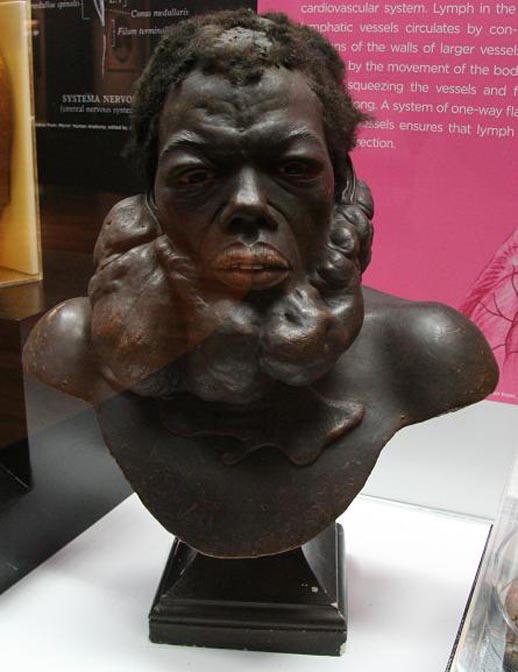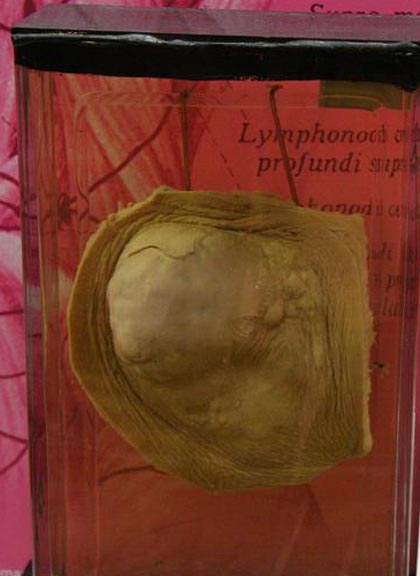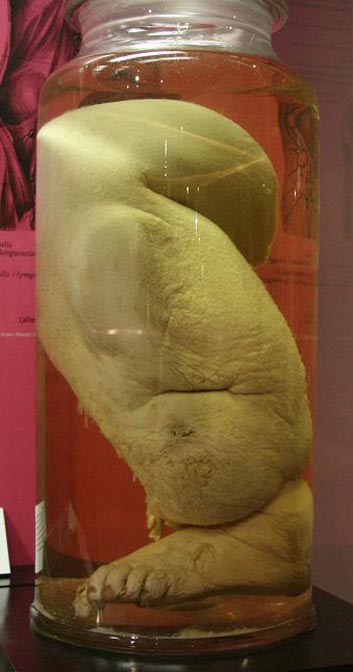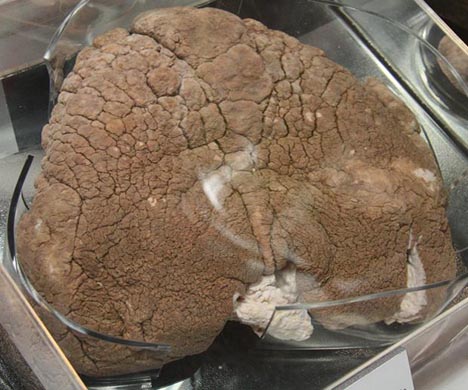Visibly Human Health and Disease in the Human Body
The Lymphatic System
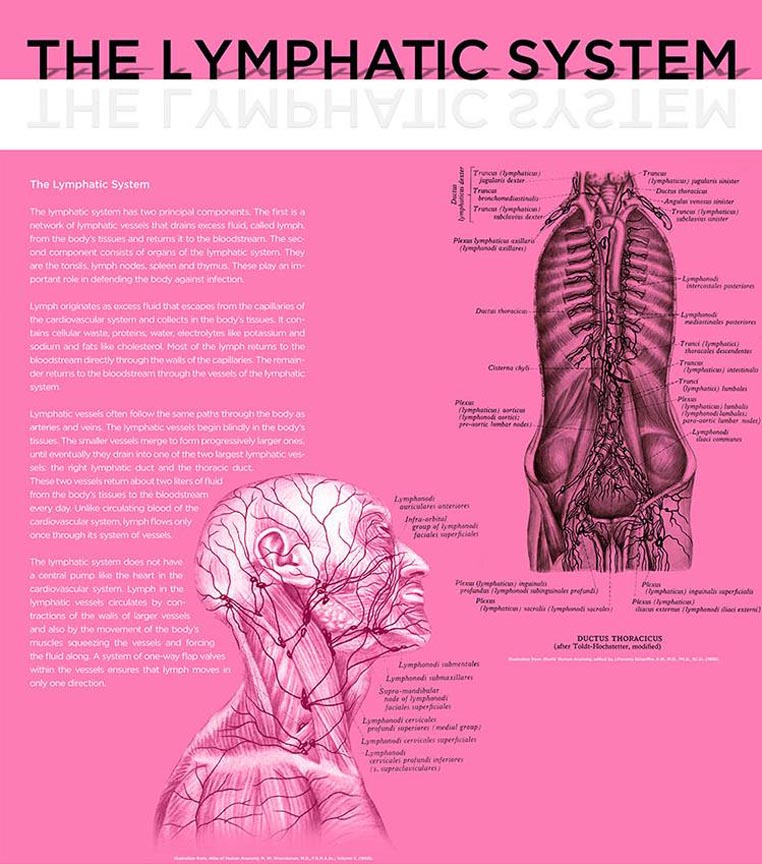 The lymphatic system has two principal components. The first is a network of lymphatic vessels that drains excess fluid, called lymph, from the body’s tissues and returns it to the bloodstream. The second component consists of organs of the lymphatic system. They are the tonsils, lymph nodes, spleen and thymus. These play an important role in defending the body against infection.
The lymphatic system has two principal components. The first is a network of lymphatic vessels that drains excess fluid, called lymph, from the body’s tissues and returns it to the bloodstream. The second component consists of organs of the lymphatic system. They are the tonsils, lymph nodes, spleen and thymus. These play an important role in defending the body against infection.
Lymph originates as excess fluid that escapes from the capillaries of the cardiovascular system and collects in the body’s tissues. It contains cellular waste, proteins, water, electrolytes like potassium and sodium and fats like cholesterol. Most of the lymph returns to the bloodstream directly through the capillary activity, while the remainder returns to the bloodstream through the vessels of the lymphatic system.
Lymphatic vessels often follow the same paths through the body as arteries and veins. The lymphatic vessels begin blindly in the body’s tissues. The smaller vessels merge to form progressively larger ones, until eventually they drain into one of the two largest lymphatic vessels: the right lymphatic duct and the thoracic duct. These two vessels return about two liters of fluid from the body’s tissues to the bloodstream every day. Unlike circulating blood of the cardiovascular system, lymph flows only once through its system of vessels.
The lymphatic system does not have a central pump like the heart in the cardiovascular system. Lymph in the lymphatic vessels circulates by contractions of the walls of larger vessels and also by the movement of the body’s muscles squeezing the vessels and forcing the fluid along. A system of one-way flap valves within the vessels ensures that lymph moves in only one direction.

- Visibly Human Health and Disease in the Human Body
- The Cardiovascular System
- The Urinary System
- Respiratory System
- The Lymphatic System
- The Musculoskeletal System
- The Liver and Hepatic System
- The Digestive System
- The Brain and Nervous System
- Psychiatric Patients at Forest Glen
- Skeleton of Spanish American War Veteran Showing Evidence of Severe Arthritis




